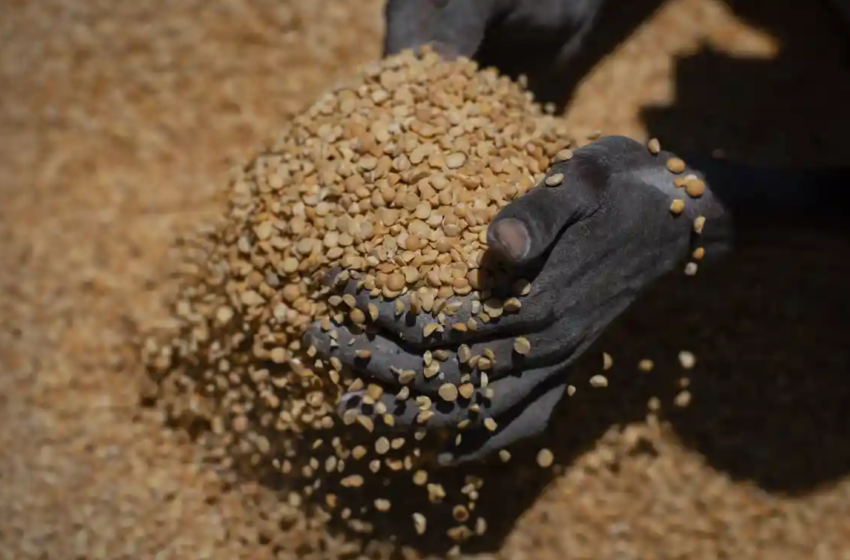
‘Trying to survive’: millions in Tigray face hunger as they wait in vain for aid
With aid unable to reach the war-torn Ethiopian region for months, hundreds of thousands are in ‘famine-like conditions’
Source: The Guardian
Since her brother joined the Tigray People’s Liberation Front (TPLF) forces, Martha Arfayna’s family has received one 50kg bag of wheat. Each household is expected to contribute a man or woman to the war effort, thus losing a breadwinner, so they are given priority when the Tigrayan authorities distribute food. But no other rations have reached her family.
Before the war, Arfayna, 27, used to buy clothes from Dubai and Addis Ababa, the Ethiopian capital, to sell in her home town of Shire in north-west Tigray. Now, she sells peanuts on the streets and depends on the kindness of neighbours to survive. “When they invite me for a meal I feel ashamed,” she says.
Millions of Tigrayans like her are going hungry. Last year’s harvest was marginally better than feared and coping mechanisms – such as selling off livestock, begging or cutting household spending on health or education – may have temporarily staved off the worst scenario predicted by the UN. And supplies taken by Tigrayan troops fighting in Afar and the Amhara region to the south in recent months may also have helped, aid workers say.
But last Wednesday, Tedros Adhanom Ghebreyesus, the head of the World Health Organization, said there was “nowhere on earth” where the health of millions of people was more under threat than in Tigray.
US officials estimate about 80% of Tigray’s population is still food insecure, up from 15% before war broke out in November 2020. Malnutrition rates have risen to 13% for children under five and more than 60% for pregnant and lactating women. Local people say food prices have doubled and in some cases have risen by 400%.
“We do believe that the resilience, or the coping mechanisms, of the kinds we were looking at early on was higher than what we maybe gave them credit for then,” says a US official involved in the relief effort. “But at the same time, we still assess that roughly 700,000 people in Tigray are in famine-like conditions.”
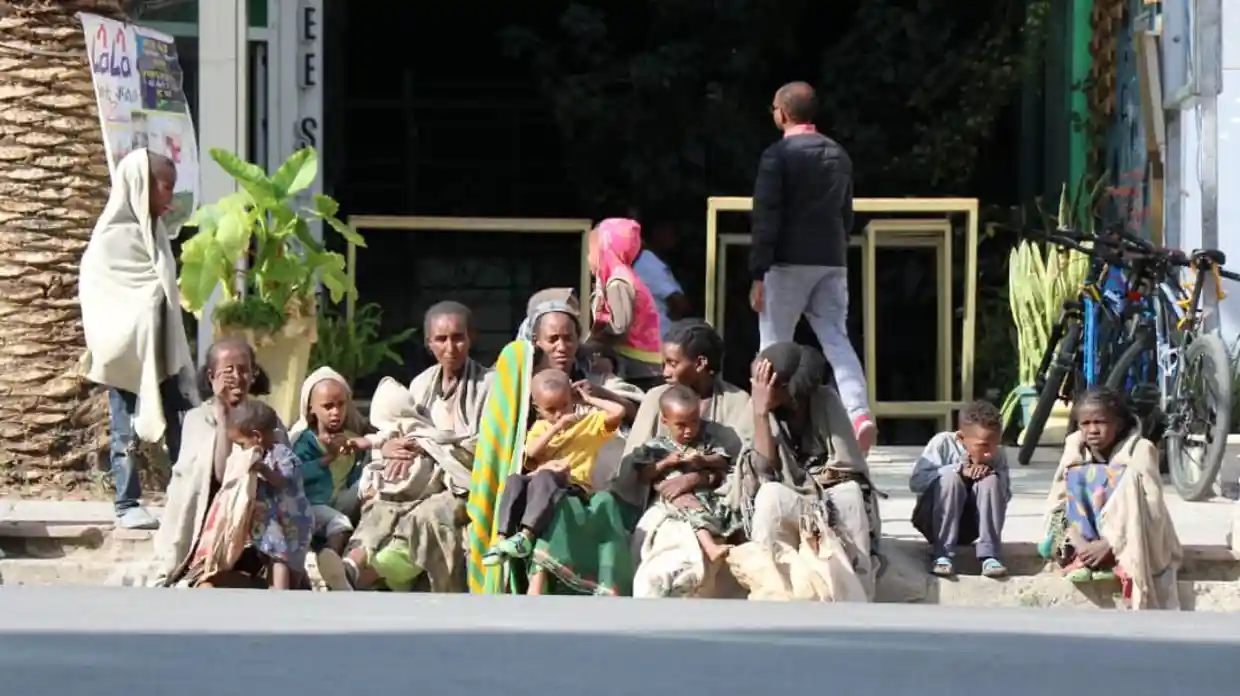
Since July, Tigray’s population of about 5.5 million has been under what the UN has described as a “de facto blockade”, imposed by the prime minister, Abiy Ahmed, as part of the government’s battle against rebels from the region led by the TPLF. Eight months since the occupying Ethiopian army withdrew from Tigray, less than 10% of the food aid needed has made it to Mekelle, capital of the region, and not one aid truck has arrived in Tigray since mid-December. A single road, which winds through the neighbouring desert of Afar region, has been cleared for humanitarian convoys. Communication and banking services have been shut down.
A shadow economy, from fuel to finance, has filled part of the gap. More than a third of the population relies on gifts or loans for food, according to a recent World Food Programme study. For those receiving funds from outside the region, black-market lenders distribute the cash but take double-digit commissions. Others rely on smugglers crossing from the neighbouring Afar or Amhara regions, or for aid workers with permits to bring in small cash allowances. Some resort to bribing bank managers to withdraw money.
Mekelle’s Ayder referral hospital is at the centre of the humanitarian crisis. Until last month, barely any medicines or hospital supplies had been allowed into Tigray and the 500-bed hospital is still not receiving its monthly budget. “Almost all medical units are on the brink of total failure,” says a hospital spokesperson.
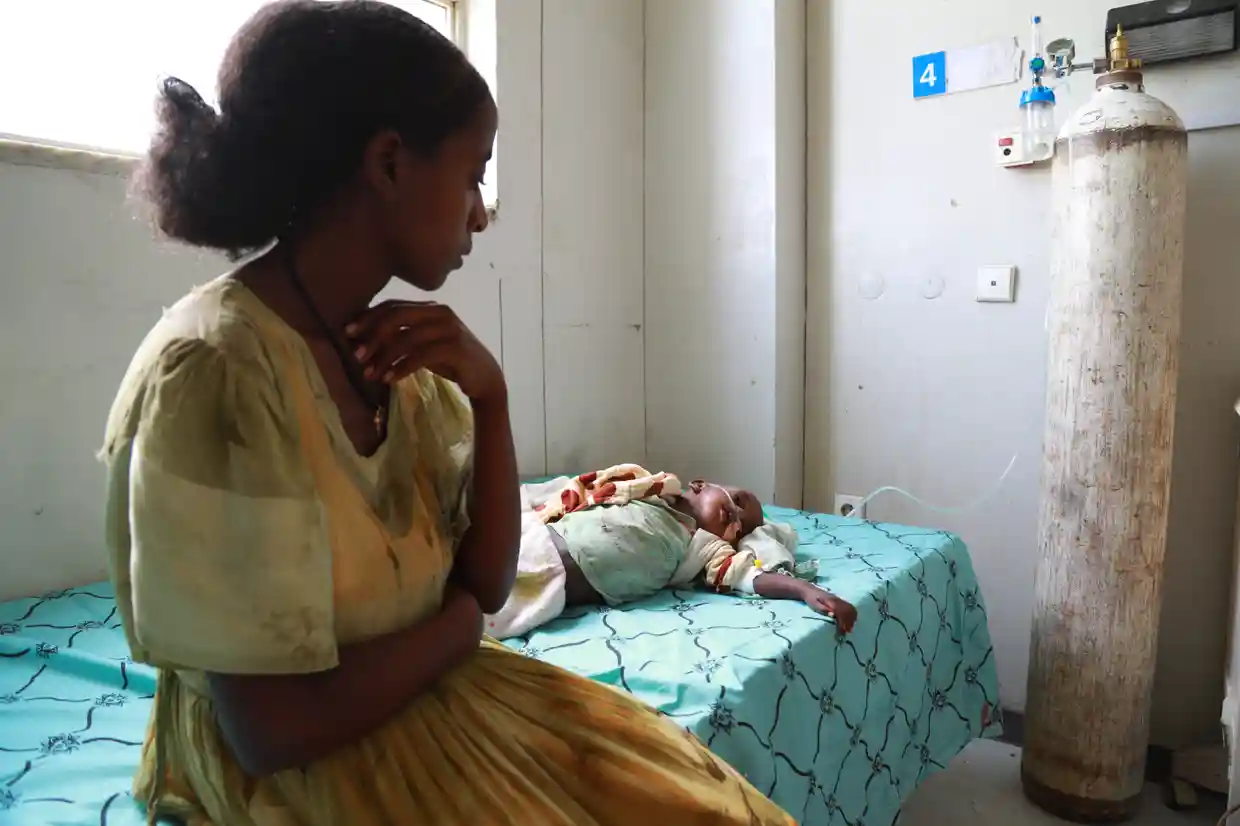
Since late January there has been some respite, after an agreement with the Ethiopian government to allow flights of emergency medical supplies. “The Red Cross has flown 31 cargoes of vital medical supplies into Tigray since it began these flights on 26 January,” says Fatima Sator, of the International Committee of the Red Cross in Ethiopia. The UN says it delivered 333 tonnes by mid-March.
But the crisis continues. “Before the war the hospital had availability of about 80% of essential drugs,” says a Mekelle doctor, who did not want to be named. “Currently it is down to 11.8%, and the state of other services is basically the same as it was in the past months. And not only that, we have a huge number of patients flooding in now because they think they will find medication here.”
According to the UN, more than three-quarters of the 63,000 HIV patients who were receiving treatment before the war are no longer visiting health facilities. Those who come receive expired medications but stocks will soon run out.
There is no fuel to distribute medicine beyond the city, so the cargo comes from the airport on donkeys. In rural areas, the problem is more acute.
Why can’t Abiy allow unfettered humanitarian access to Tigray? Why is he using aid as a bargaining chip?
Patient at Ayder referral hospital, Mekelle
The Ethiopian government and the TPLF have, for months, traded blame over the humanitarian crisis in the north. On 22 February, Abiy alleged in an address to parliament that the TPLF’s recent incursion into Afar was a deliberate attempt to block the aid corridor there to tarnish his government’s image. Starving the Tigrayan population was “not the desire of the government and people of Ethiopia”, he said.
The government also claims that fuel in Tigray is being used by the TPLF for military purposes. Aid workers told the Guardian they did not know how much fuel was left in the region, but note that the TPLF reneged on an offer made in December to give them more fuel rations for humanitarian operations.
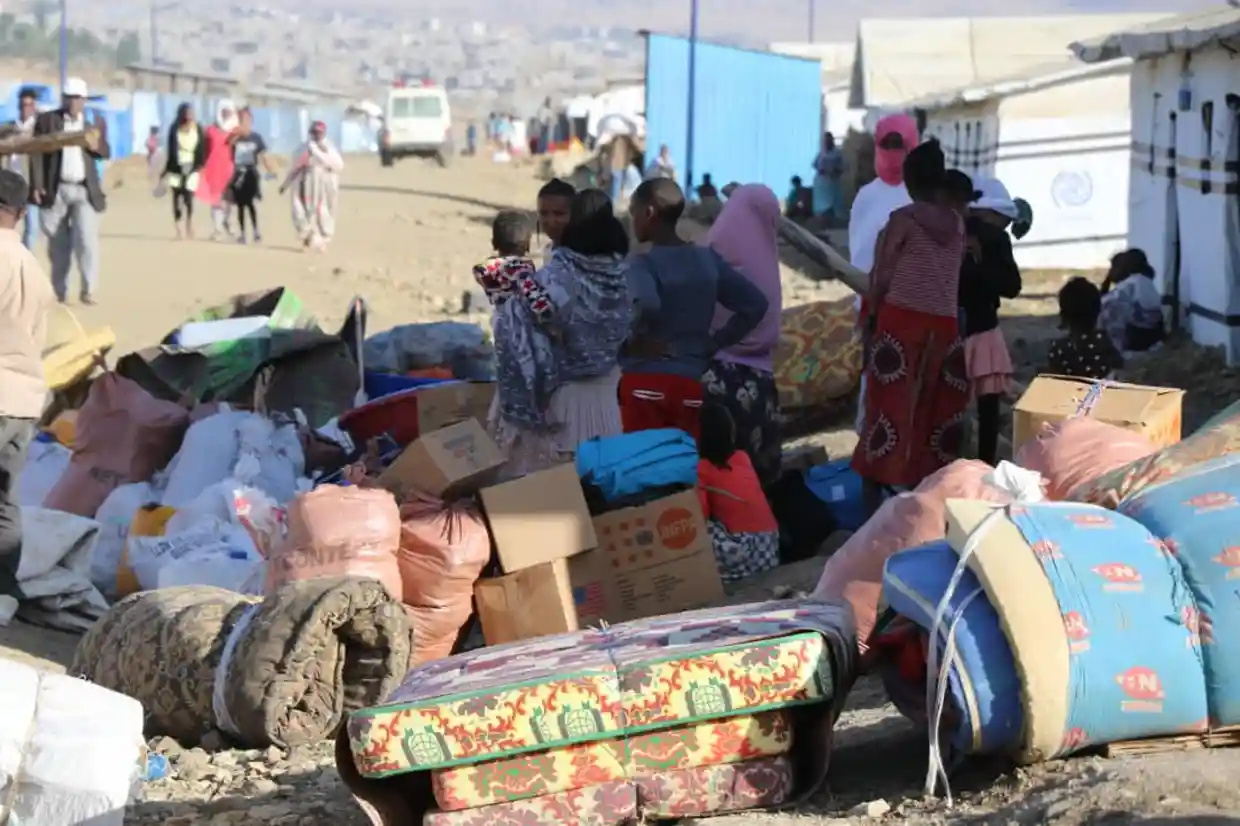
The TPLF argues that fighting in Afar has mostly ceased and that bureaucratic obstacles to moving aid into Tigray had been in place for many months before it began. On 7 March, it claimed hundreds of thousands had already died of hunger.
“Why can’t Abiy allow unfettered humanitarian access to Tigray?” asks a diabetic patient at the hospital. “Why is he using aid as a bargaining chip? Are we not Ethiopians?”
Foreign aid workers and diplomats who spoke with the Guardian say that the Ethiopian government made new commitments at the start of the year to ease restrictions on relief convoys entering Tigray through Afar, as well as to allow medical supplies by air. But recent fighting in Afar has hindered the implementation of those commitments.
In February, a convoy of 20 trucks was given permission by the central government and the Afar authorities to travel through the region. It has still not begun its journey.
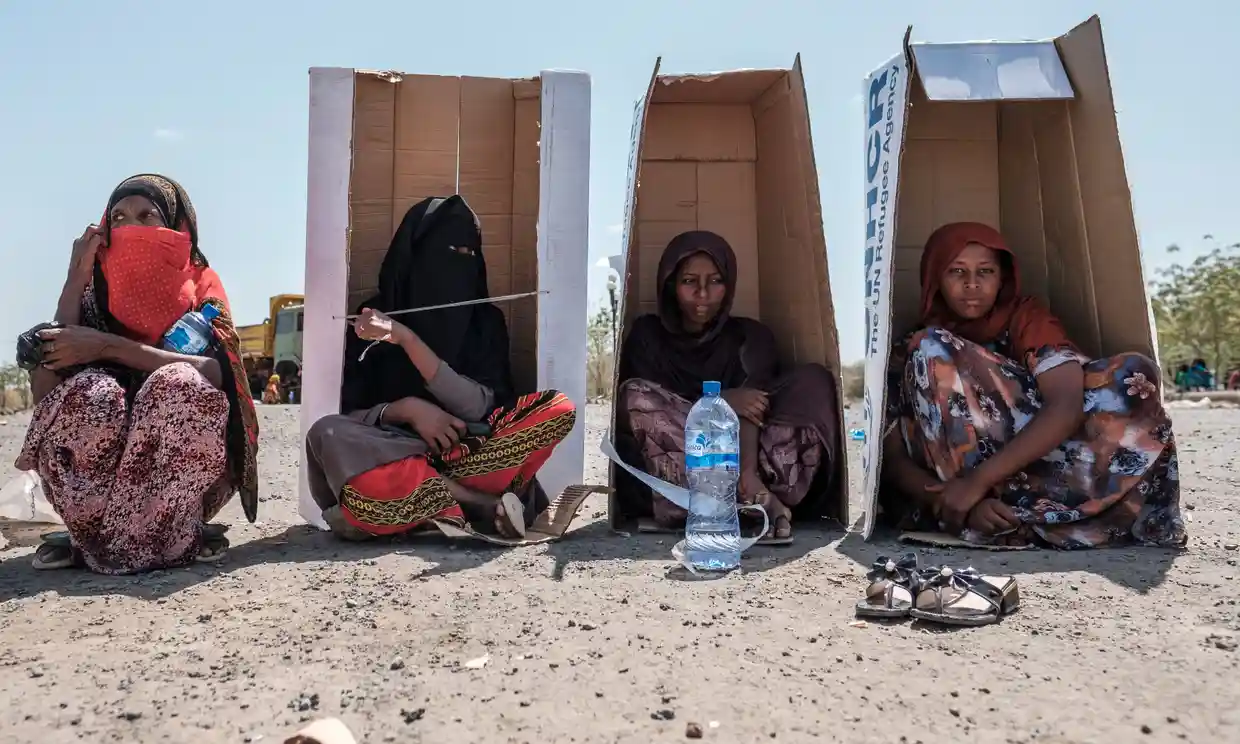
This makes talks to open up other routes through Amhara, a region with especially hostile relations with Tigray and which has been closed to convoys since July, even more pressing. “I think now they might be open for these discussions,” says an aid worker in Addis Ababa. “Not necessarily to agree, but at least they are open for discussions.”
The main planting season is due to begin in Tigray next month, but seeds and fertilisers are running out.
Dawit Gebremariam, 35, was a metalworker in western Tigray until the war forced him to leave. Today, he sells napkins and plastic bags on the streets of Shire. Both his brothers have joined the Tigrayan forces.
“They’re fighting a government which is doing everything it can to cleanse the people of Tigray from the earth,” he says. He has received food aid only once, four months ago. “We are just trying to survive.”
